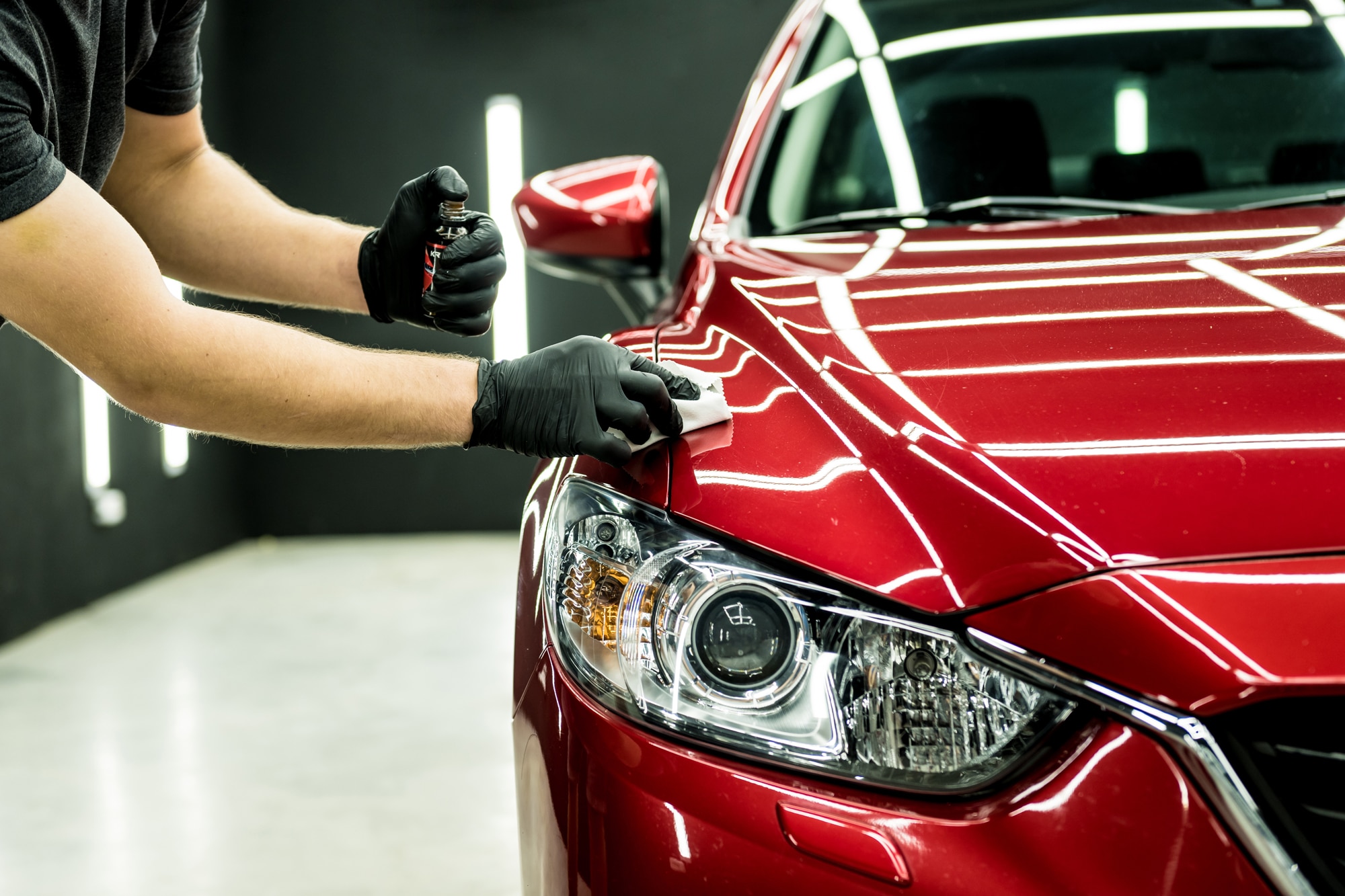Get professional ceramic coating Sarasota to protect your car’s paint.
Get professional ceramic coating Sarasota to protect your car’s paint.
Blog Article
A Comprehensive Overview to the Kinds Of Ceramic Finishing on the Market
Ceramic coatings have actually arised as a pivotal remedy across various sectors due to their special residential properties and applications. From silica-based formulations recognized for their effectiveness to crossbreed choices that combine multiple benefits, the choices readily available can be overwhelming. Comprehending the nuances of each kind, including their particular advantages and excellent usage situations, is important for making informed decisions. As we discover the distinct attributes and applications of these coatings, the implications for performance and long life come to be progressively apparent, elevating concerns concerning which type could best match your demands.
Comprehending Ceramic Coatings
Ceramic layers are advanced safety options that have actually gained popularity in various markets, specifically in automobile and aerospace applications. These layers contain a fluid polymer that, when cured, develops a resilient, hydrophobic layer on the surface of the substrate. This layer supplies boosted resistance to environmental pollutants, UV radiation, and chemical direct exposure, therefore expanding the life and visual charm of the underlying material.
The essential part of ceramic finishings is silica, which adds to their firmness and sturdiness. The application process normally entails surface prep work, application of the finishing, and treating, which can be attained via warmth or UV light. When treated, ceramic coverings exhibit remarkable bonding properties, enabling them to adhere strongly to a selection of surfaces, including metals, plastics, and glass.
Along with their protective features, ceramic finishes also use simplicity of upkeep. Their hydrophobic nature reduces the adherence of dust and crud, making cleansing simpler and less regular. Generally, the fostering of ceramic coverings represents a considerable development in surface area protection innovation, giving both functional and aesthetic benefits across multiple industries.
Types of Ceramic Coatings
Numerous kinds of ceramic layers are offered, each designed to fulfill details performance demands and applications - Paint Protection Film. The most usual types include:
Silica-based Coatings: These coatings primarily include silicon dioxide and are known for their sturdiness and chemical resistance. They are commonly made use of in automobile and commercial applications.
Titanium Dioxide Coatings: Popular for their photocatalytic homes, titanium dioxide layers are frequently applied in atmospheres where self-cleaning and antifungal properties are preferable, such as in structure products and automobile finishes.
Zirconia Coatings: Characterized by their high-temperature stability and thermal resistance, zirconia coverings are made use of in applications such as wind turbine engines and high-performance automotive elements.
Alumina Coatings: Displaying excellent firmness and thermal stability, alumina layers are regularly used in wear-resistant applications, including reducing devices and industrial machinery. - Auto Detailing
Crossbreed Coatings: Combining the properties of different products, hybrid layers offer boosted look these up performance characteristics, making them appropriate for distinct and demanding applications.
Each type of ceramic finishing offers distinctive purposes, allowing customers to pick the most ideal option based on details environmental conditions and performance needs.
Benefits of Ceramic Coatings
Coatings play an essential duty in boosting the performance and durability of surfaces throughout various industries. Ceramic layers, specifically, offer many advantages that make them progressively popular amongst suppliers and consumers alike. Among the key benefits is their exceptional resilience. These layers are immune to scrapes, chemicals, and UV rays, guaranteeing that the underlying surface area continues to be protected over time.
In addition to toughness, ceramic finishes give superb hydrophobic buildings, permitting easy cleaning and upkeep. This water-repellent nature reduces the adherence of dust, grime, and various other impurities, which can extend the visual allure and capability of the surface area. Ceramic finishings can considerably improve thermal resistance, making them excellent for applications that endure high temperature levels.

Application Process
When using ceramic coverings, a precise method is important to attain optimum results. The application process normally begins with complete surface preparation. This entails cleaning, sanitizing, and polishing the surface to get rid of all impurities, consisting of dust, oil, and prior waxes try here or sealers. A tidy surface guarantees appropriate attachment of the layer.
When the surface area is prepped, the next action is to use the ceramic coating. The layer needs to be used in thin layers, as thicker applications can lead to uneven coatings.
After application, the layer calls for a details treating time, typically varying from a couple of hours to a full day, depending on the item. Complying with these actions vigilantly will take full advantage of the effectiveness and longevity of the ceramic finish, offering a long lasting safety layer for the surface.
Maintenance and Long Life
To make sure the durability and efficiency of a ceramic coating, routine maintenance is vital. Ceramic coatings, understood for their longevity and safety high qualities, need certain treatment routines to optimize their lifespan and efficiency. The initial step in upkeep entails routine cleaning with pH-neutral soap, preventing severe chemicals that can break down the finish. It is a good idea to wash the vehicle consistently, ideally every 2 weeks, to avoid the buildup of pollutants that might compromise the covering's stability.
Along with normal washing, periodic inspections are vital. Try to find indicators of wear or damages, such as hydrophobic homes diminishing or surface area imperfections. If essential, a light polish might be applied to revitalize the layer without removing it away.
Furthermore, the application of a booster spray can boost the layer's hydrophobic results and recover its gloss. This is specifically valuable for finishings that have actually remained in usage for an extended period. Ultimately, by sticking to these maintenance techniques, one can dramatically extend the life of a ceramic finish, ensuring that it remains to provide optimal security against ecological elements and keep the aesthetic appeal of the automobile.
Final thought

Report this page